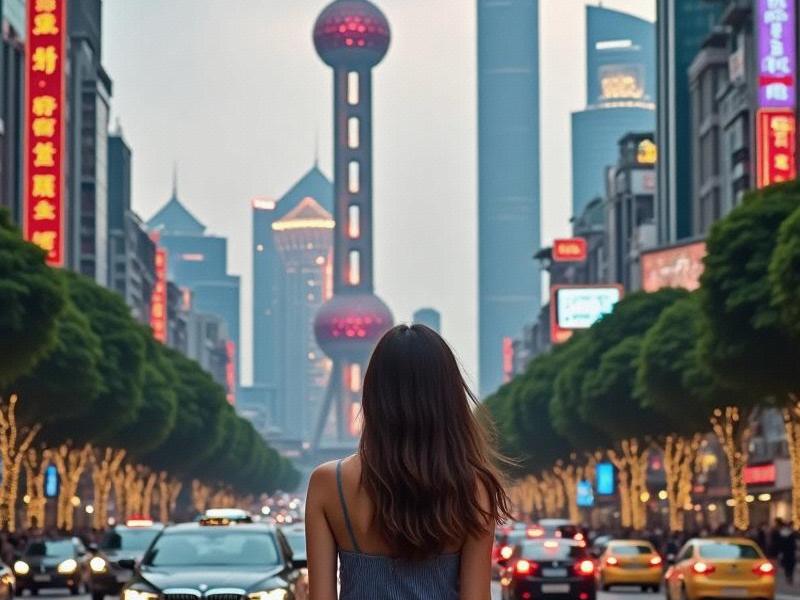
Section 1: The Shanghai Club Landscape
1. Geographic Distribution:
- Bund waterfront premium clubs
- Former French Concession speakeasies
- Xintiandi luxury lounges
- Pudong sky-high venues
2. Market Segmentation:
- Business-oriented membership clubs
- Celebrity-frequented hotspots
- Niche cultural venues
- Hybrid F&B-entertainment spaces
Section 2: Industry Evolution
1. Historical Development:
- 1990s: First five-star hotel bars
上海私人外卖工作室联系方式 - 2000s: International chain expansion
- 2010s: Localized luxury concepts
- 2020s: Tech-integrated experiences
2. Current Market Size:
- ¥28 billion annual revenue (2024)
- 350+ high-end establishments
- 12% annual growth rate
Section 3: Signature Experiences
1. Thematic Innovations:
- Jazz-age Shanghai revival clubs
- Futuristic digital art venues
- Traditional tea house remixes
- Culinary-performance hybrids
上海水磨外卖工作室 2. Technology Integration:
- AR cocktail menus
- Biometric membership systems
- AI-powered ambiance control
- Social media activation zones
Section 4: Business Models
1. Revenue Streams:
- Membership fees (¥50,000-¥500,000 annually)
- Premium beverage programs
- Private event hosting
- Brand partnership collaborations
2. Operational Challenges:
- Talent recruitment and retention
- Regulatory compliance
上海品茶网 - International competition
- Changing consumer preferences
Section 5: Cultural Significance
1. Social Functions:
- Business networking hubs
- Cultural exchange platforms
- Fashion industry incubators
- Art patronage channels
2. Future Trends:
- Sustainable luxury concepts
- Hyper-personalized services
- Virtual club extensions
- Wellness-integrated nightlife
Shanghai's entertainment clubs have become more than just nightlife venues - they represent the city's unique position as a global meeting point where tradition and innovation, East and West, business and pleasure seamlessly converge after dark.
